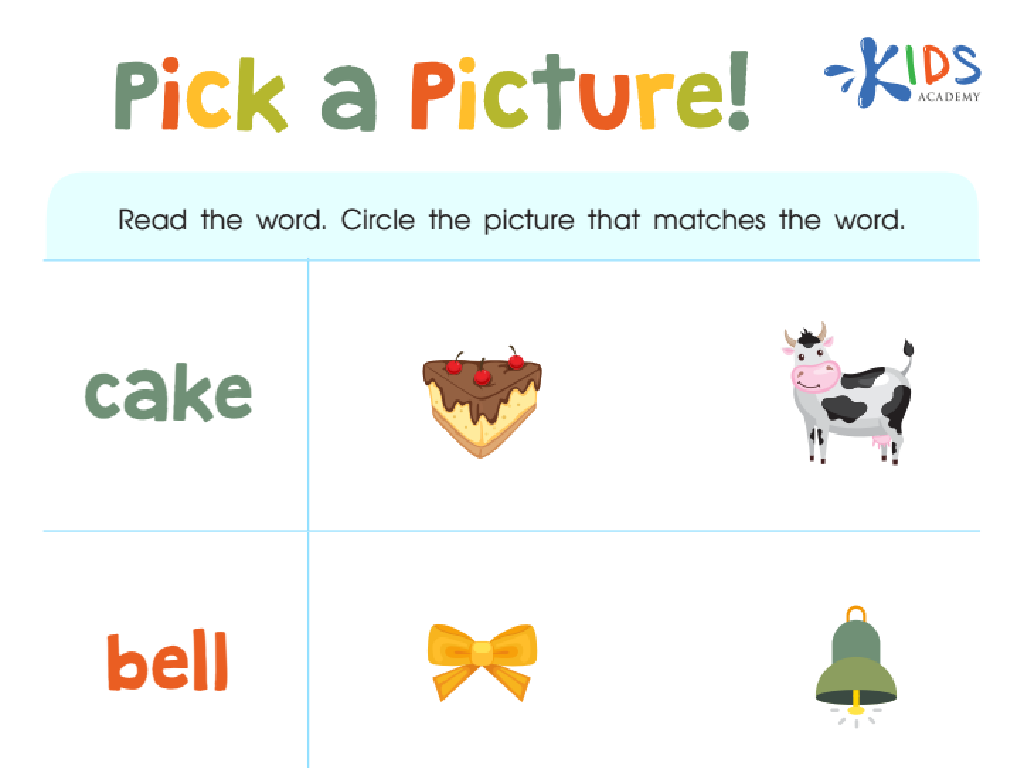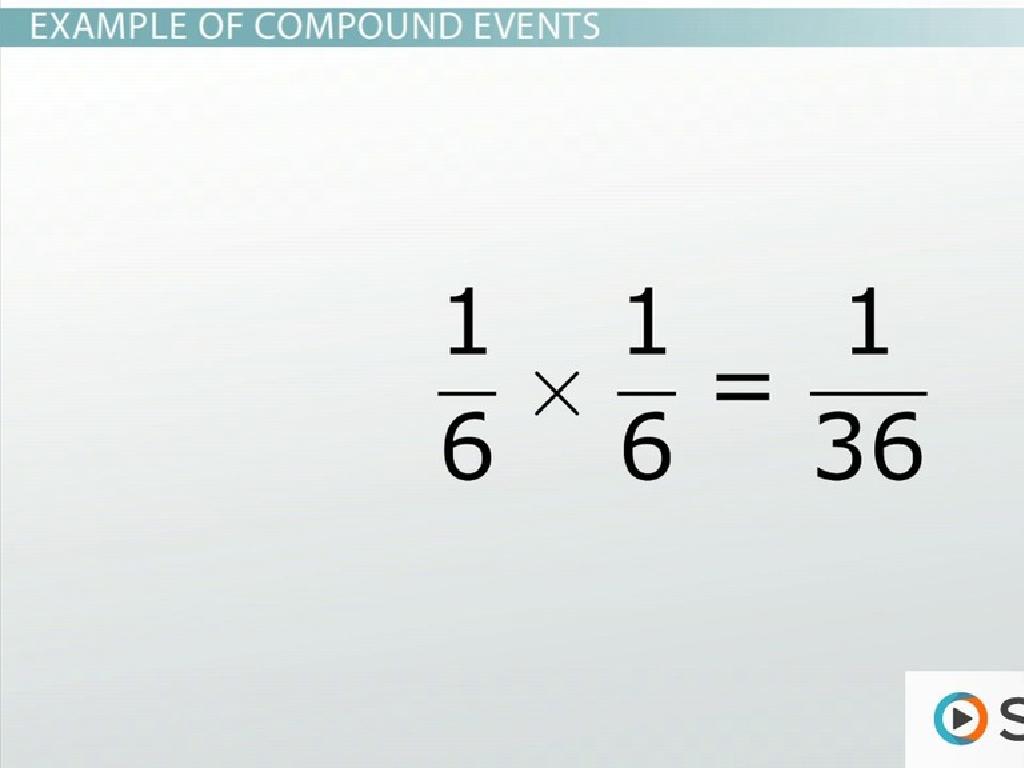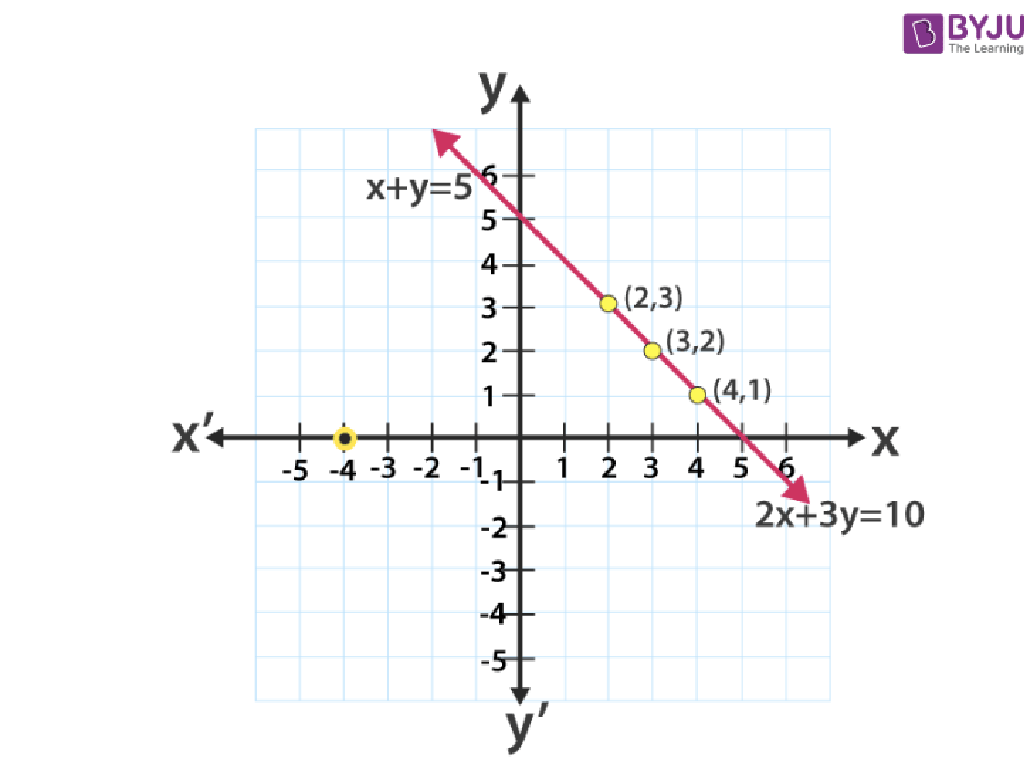Subtract Decimal Numbers Using Blocks
Subject: Math
Grade: Fifth grade
Topic: Add And Subtract Decimals
Please LOG IN to download the presentation. Access is available to registered users only.
View More Content
Subtracting Decimal Numbers with Blocks
– Recap: What are decimals?
– Decimals represent parts of a whole, like 0.5 is half.
– Importance of subtracting decimals
– Subtracting decimals is crucial for handling money and measurements.
– Visualizing decimals with blocks
– Blocks help us see the decimal values we’re working with.
– Step-by-step subtraction method
– We’ll learn to subtract using blocks, ensuring accuracy.
|
Begin with a brief review of what decimals are, emphasizing their role in representing fractions and parts of a whole. Explain why it’s important to learn to subtract decimals, such as when dealing with money or measurements in real life. Introduce the concept of using blocks to visualize decimal numbers, which can make the abstract concept of decimals more concrete for students. Finally, walk through the method of subtracting decimals step by step using blocks, which will help students understand the process and perform decimal subtraction accurately. Prepare to demonstrate with actual blocks or visual aids during the lesson.
Understanding Decimals
– Decimals represent parts of a whole
– Think of it like pieces of a pie
– Decimals are based on the number 10
– Places after the decimal have names
– Each place value is 10 times smaller than the one before it
– Examples: tenths, hundredths
– 0.1 is ‘tenths’, 0.01 is ‘hundredths’, and so on
|
This slide introduces the concept of decimals to fifth graders, explaining that decimals are a way to represent fractions or parts of a whole, similar to pieces of a pie. Emphasize that our decimal system is based on the number 10, which makes it easy to understand and calculate. Each place value to the right of the decimal point is a division by 10, hence the names tenths, hundredths, etc. Use visual aids like pie charts or base-10 blocks to illustrate how decimals are divided into parts. Encourage students to think of money as a real-life example, where 1 dollar is a whole and cents are parts of that whole.
Visualizing Decimals with Blocks
– Base-ten blocks as visual aids
– Base-ten blocks represent decimals in a tangible way.
– Understanding block values
– ‘Whole’ blocks are 1, ‘flats’ are 0.1, and ‘rods’ are 0.01.
– Building numbers with blocks
– Use blocks to construct and deconstruct decimal numbers.
|
This slide introduces students to the concept of using base-ten blocks to visualize decimal numbers, which is a fundamental part of understanding how to add and subtract decimals. Each type of block represents a different value, with ‘whole’ blocks as units, ‘flat’ blocks as tenths, and ‘rod’ blocks as hundredths. Encourage students to physically manipulate these blocks to build numbers, which will help them grasp the concept of decimal places and the value of each digit in a decimal number. This tactile approach is particularly effective for visual and kinesthetic learners. As an activity, students can be asked to represent various decimal numbers using the blocks and then practice adding or subtracting by combining or separating the blocks accordingly.
Subtracting Decimals with Blocks
– Align decimals vertically
– Ensure decimal points are directly above each other
– Represent numbers with blocks
– Each block equals a decimal place value
– Remove blocks to subtract
– Physically take away the blocks for subtraction
– Observe decimal changes
|
This slide introduces the concept of subtracting decimals using a hands-on approach with blocks. Start by explaining the importance of lining up the decimal points to maintain the correct place value. Demonstrate with blocks how each represents a decimal place value, such as tenths or hundredths. As you remove blocks to show subtraction, make sure students pay attention to how the decimal point remains fixed and the numbers change. This visual and tactile method helps solidify the concept of decimal subtraction. Encourage students to practice with different decimal numbers and observe the changes as they subtract using blocks.
Let’s Practice Subtracting Decimals!
– Start with 3.25 in blocks
– Remove 1.40 worth of blocks
– Take away 1 whole block and 4 tenths blocks
– Count what’s left over
– You should have 1 whole and 8 tenths blocks left
– Understand decimal subtraction
|
This slide is an interactive class activity designed to help students visualize the process of subtracting decimal numbers using blocks. Begin by guiding the students to build the number 3.25 using blocks, ensuring they understand that each whole number and each decimal place is represented by a different type of block. Then, instruct them to remove blocks equivalent to 1.40, emphasizing the need to take away one whole block and four-tenths blocks. After the removal, students should count the remaining blocks to see what they have left. This hands-on activity will reinforce their understanding of decimal subtraction. Prepare to assist students who may struggle with the concept of borrowing if needed. Have additional examples ready for students who finish early or require extra practice.
Common Mistakes in Subtracting Decimals
– Always align decimal points
– Stack numbers so decimals are vertical
– Remember to borrow correctly
– If a column can’t be subtracted, borrow from the next column
– Differentiate tenths and hundredths
– Tenths are larger blocks than hundredths
– Practice with blocks for clarity
|
When teaching students to subtract decimals using blocks, emphasize the importance of aligning decimal points to ensure accuracy. Show examples of common errors and correct them in real-time. Borrowing from the next highest place value can be tricky; use visual aids like blocks to demonstrate this concept. Clarify the difference between tenths and hundredths blocks by comparing their sizes and values. Provide ample practice opportunities with blocks to reinforce these concepts and help students visualize the subtraction process. Encourage students to double-check their work for these common mistakes.
Block Subtraction Challenge
– Pair up for subtraction problems
– Use blocks to demonstrate steps
– Blocks represent decimals visually
– Discuss each step as you go
– Explain reasoning with your partner
– Present solutions to the class
|
This class activity is designed to encourage collaborative learning and hands-on experience with subtracting decimal numbers. Students will work in pairs to solve subtraction problems, using physical blocks to represent decimal numbers. This visual aid will help them understand the concept of borrowing in subtraction. As they work through the problems, they should discuss each step with their partner to reinforce their understanding. After completing the problems, each pair will share their solutions and methods with the class, allowing for peer learning. For the teacher: Prepare a set of subtraction problems involving decimals. Ensure there are enough blocks for all students. Monitor the pairs to provide guidance and ensure they are using the blocks correctly. Consider differentiating the problems based on student ability levels.
Conclusion & Homework: Mastering Decimal Subtraction
– Well done on using blocks!
– Complete your subtraction worksheet
– Use the worksheet to practice subtracting decimals
– Practice improves skills
– Remember, the more you practice, the better you get!
– Share your learnings next class
– Think about what strategies worked best for you
|
This slide wraps up the lesson on subtracting decimals with blocks and transitions students towards independent practice. The homework is designed to reinforce the concepts learned in class. Encourage students to use the same methods they learned with blocks to solve the problems on the worksheet. Remind them that consistent practice is key to mastering any math skill. In the next class, be prepared to facilitate a discussion where students can share their experiences and any challenges they faced while completing the worksheet. This will help you assess their understanding and provide additional support where needed.





